The White City
Last December I made the decision to study abroad for the first time. It was not a simple choice, but one that I had to work towards, making sure that everything was supposed to work out the way it should.
It wasn’t simple because I had never left the country before; I didn’t have my passport, and I had no clue how I was going to pay for it all. But over the course of several months, everything came together.
I had the opportunity to stay in Mérida, Yucatan in Mexico for a month through the Kentucky Institute of International Studies (located on Western Kentucky University’s campus). From the moment I stepped off the plane, I knew that it was going to be an exciting month. I could feel a nervous energy as well as the heat, which ranged from mid 80’s to high 90’s depending on the rain.
The group that I was with was composed of three professors— Dr. Rincon from Bellarmine, Dr. Zavala-Garrett from Morehead, and Dr. Kats from Morehead—as well as nine other students from universities from around Kentucky and surrounding states. We were all worn out from the travels, but we carried on towards Mérida on a tightly-packed (air conditioned) van/bus for the four hour ride.
I was surprised to see how beautiful the city was; flower bushes grew along most streets and colorful trees towered over the medians. Mérida was definitely a busy city with over 800,000 inhabitants. It was able to still be peaceful like a rural city despite its size.
The natural beauty of Mexico was worth seeing first-hand. We were able to see Mayan-made pyramids in Chichen Itza, Uxmal, and Dzibilchaltun. Each of them was unique and rugged, standing the test of time from when they were first built thousands of years ago.
My personal favorite was Uxmal because we were able to climb with precision up its steep steps. In a place called Izamal, they had a yellow church that was constructed using the stones from a Mayan pyramid. A very interesting part of Yucatan’s geography was the number of cenotes, or sinkholes, that were present. A cenote is a deep, natural well that is formed by the collapse of surface limestone. Their depth ranges from shallow, rocky areas to over one thousand feet. We were able to swim in one near Chichen Itza named “Ik Kil” that had some of the freshest water I have ever felt.
The food was absolutely delicious. I was able to try dishes I had never heard of including Cochinita Pibil, Queso Relleno, Sopa de Lima, and Escabeche. Every night our host mom made us a drink called Horchata which was cinnamon rice milk. Served cold, it was a great way to cool off and hydrate—besides all the water we had to drink each day, of course.
Because I had only taken 100 level Spanish classes before going on this trip, my use of language was limited and basic conversations were something I had struggled at. Through my 201 and 202 classes and having more opportunities to learn and use Spanish, I became better and more comfortable with using it. In the beginning, I was afraid I wasn’t going to be able to connect with any new people, but luckily I had the Mérida English Library.
Every Monday at seven P.M. they had a place where locals learning English practiced with people who wanted to become better at Spanish. I met new people every week and was really able to connect with the people of Mérida. We talked about our families, our jobs, our schooling, our favorite movies and T.V. shows and much more. We also taught each other grammar from our own languages that may have seemed difficult.
I learned that English is actually a very difficult language to learn, but that doesn’t mean that Spanish is easy. Both languages have their fair share of “irregulars.”
My host mom was very kind and was always very helpful to me and my roommate. We were able to speak Spanglish, so there were few communication errors. I was able to stay in a house in a quiet neighborhood that was twenty minutes away from the school if you walked, which we did to places that were close. If they weren’t close, we called an Uber.
The main plaza was filled with excitement and wonder each Sunday as vendor after vendor opened up shop near the oldest church in all of Yucatan. There was where I was able to practice haggling for prices. Bartering was common practice in Mexico for pop-up stores like those. You could find all sorts of things, like jewelry, honey, Mayan Calendars, handmade blankets and much more.
I thank God for allowing me to go on this journey and for providing me the Benjamin A. Gilman scholarship. I was able to pay for my study abroad trip through their financial assistance.
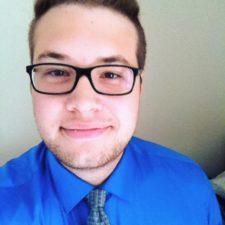
Andrew Sexton
Merida Mexico Summer
Morehead State University
Want to go on this program?

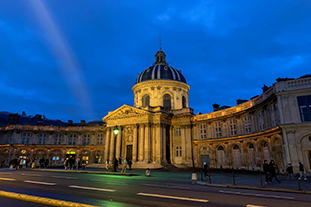
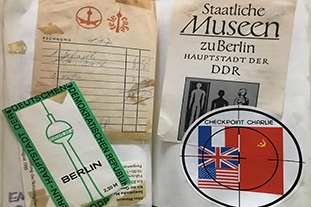
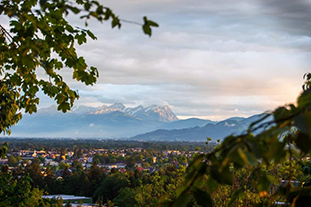
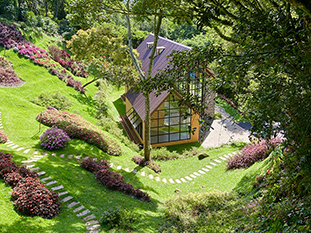
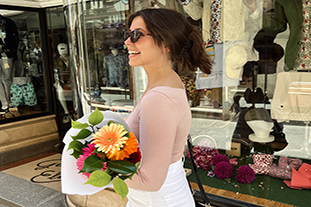
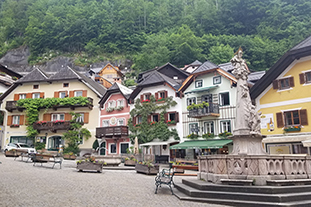
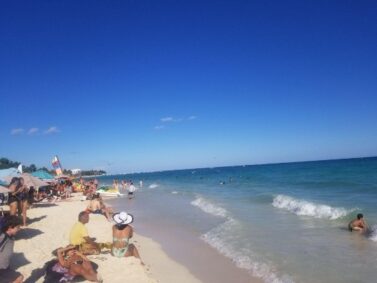
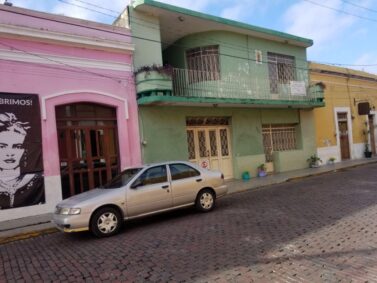
This Post Has 0 Comments